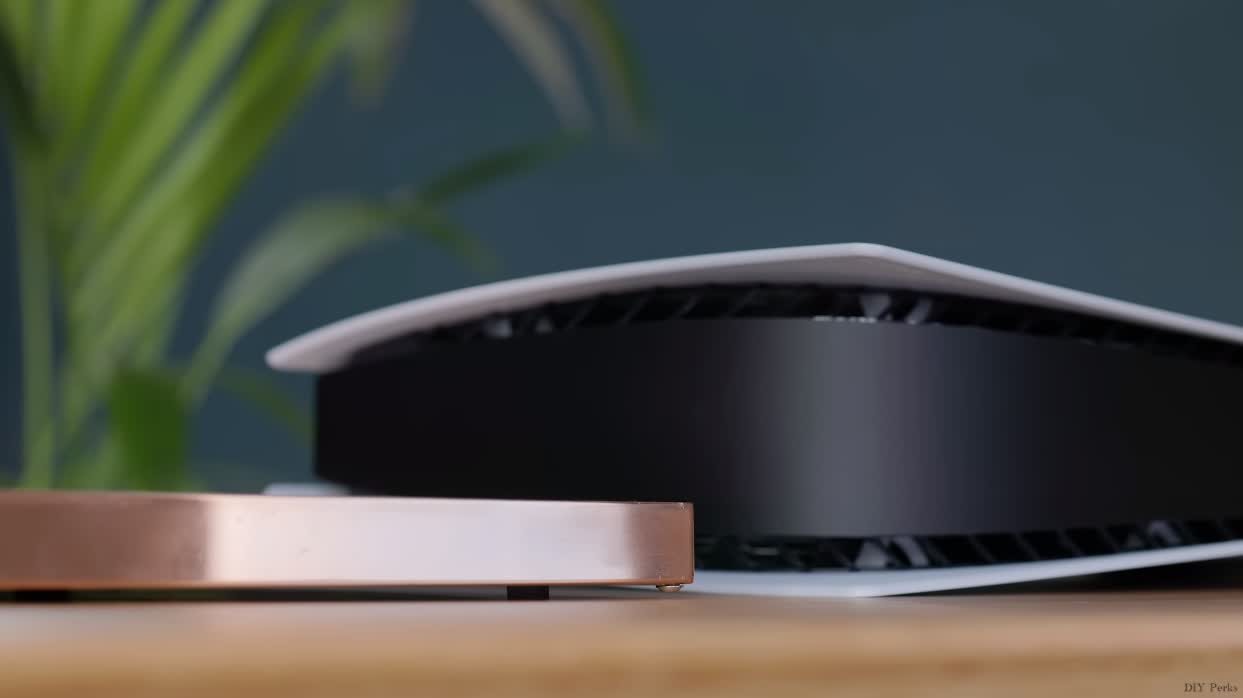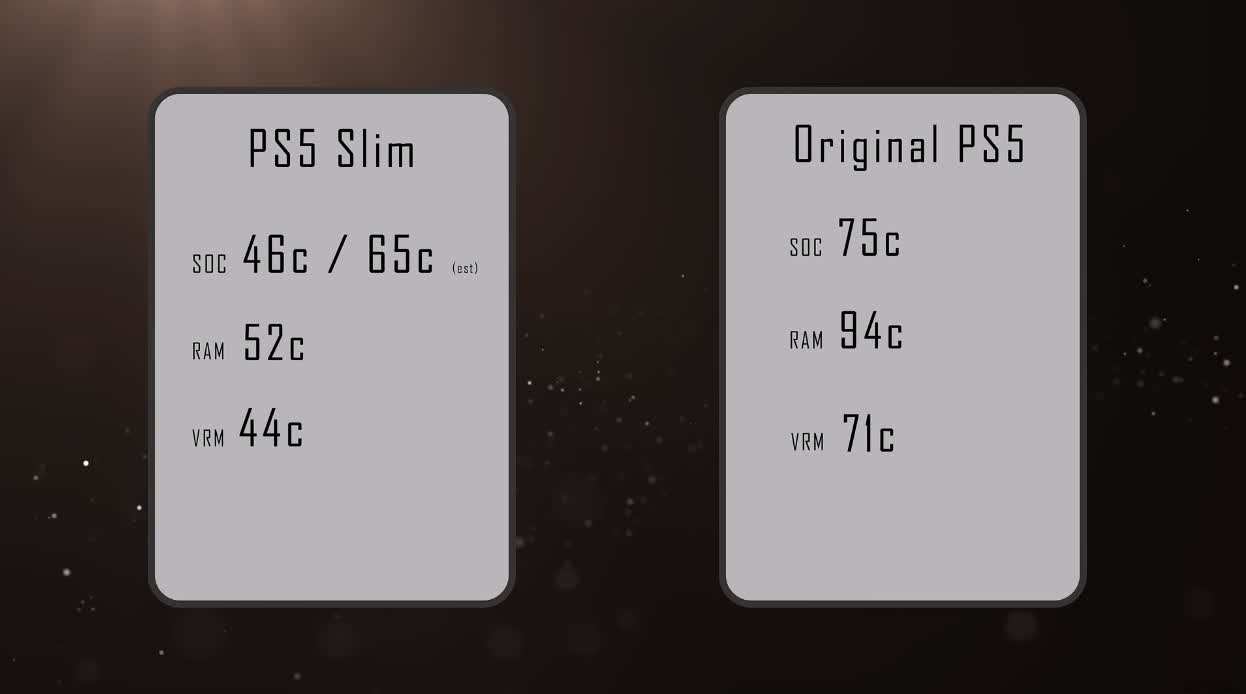In brief: Sony's PlayStation 5 is one of the largest consoles the company has ever produced. The Japanese gaming giant historically launches a slimmer revision a few years into a system's lifecycle but one modder didn't want to wait that long and took matters into his own hands.
Matt Perks from DIY Perks recently dismantled the still-in-short-supply PS5 and set about shrinking its footprint. The standard PS5 measures 4.1 inches thick but Perks wants to get it down to less than one inch (0.79 inches, to be exact). Key to accomplishing that goal will be to totally revamp the cooling system and relocate the power supply.
Much of the PS5's girth is necessitated by heatsinks designed to keep the system's various components from overheating. Once these are stripped away, you'll find that the PS5's motherboard is actually quite thin. Of course, those components still need to be cooled, or else they'd go up in smoke within seconds of powering on the system.
For that, Perks turned to water cooling. But even off-the-shelf components won't cut it here as they require too much headroom for this particular application, so he had to fabricate a custom three-layer water block out of copper to keep everything cool.

His method may seem a bit crude, and the final product - even after a quick polish - doesn't look as pristine as something you'd expect from a retail manufacturer, but the cooling loop is air / watertight, and that's all that really matters. Spacers and thermal glue were positioned on the cooling plate to help remove heat from secondary chips that also get warm. The SoC got a new coat of liquid metal, and the original bracket was used to hold the plate in place.
A handful of other chips also received spacers to dissipate heat to a separate lid. The VRMs, however, needed beefier cooling, so Perks modified the PS5's original heatpipe to connect it to a secondary liquid channel he made into the copper sandwich water block.
Another hurdle he had to tackle was the power supply. Sony mounted the PSU inside of the PS5, but doing so here would more or less defeat the project's purpose, given its size. Perks instead went with an external power supply, which is where things became a bit less aesthetically pleasing.
Perks opted for a computer power supply and mounted it in a long, rectangular case that also accommodates the water cooling system's radiator and pump.
A custom cover was fabricated to match the rest of the aesthetic before it was all buttoned up and polished. After a bit of a scare, the system eventually fired up and was ready for thermal testing to see if it was at least as efficient as a stock PS5. But then, disaster struck.

He inadvertently blocked the intake on the radiator, which led to the system overheating and seemingly kicking the bucket. Fortunately, he had a spare PS5 on hand and did a quick transplant of its internals to get back up and running. This time, he added thermal probes to quickly check temperatures at critical locations, and there were no issues.
Temperatures with the water-cooled PS5 were far superior to a stock PS5, but that was to be expected. Best yet, the chassis measured in at just 1.9cm (0.75 inches), which is even thinner than anticipated.
https://www.techspot.com/news/95006-custom-watercooled-playstation-5-less-than-inch-thick.html